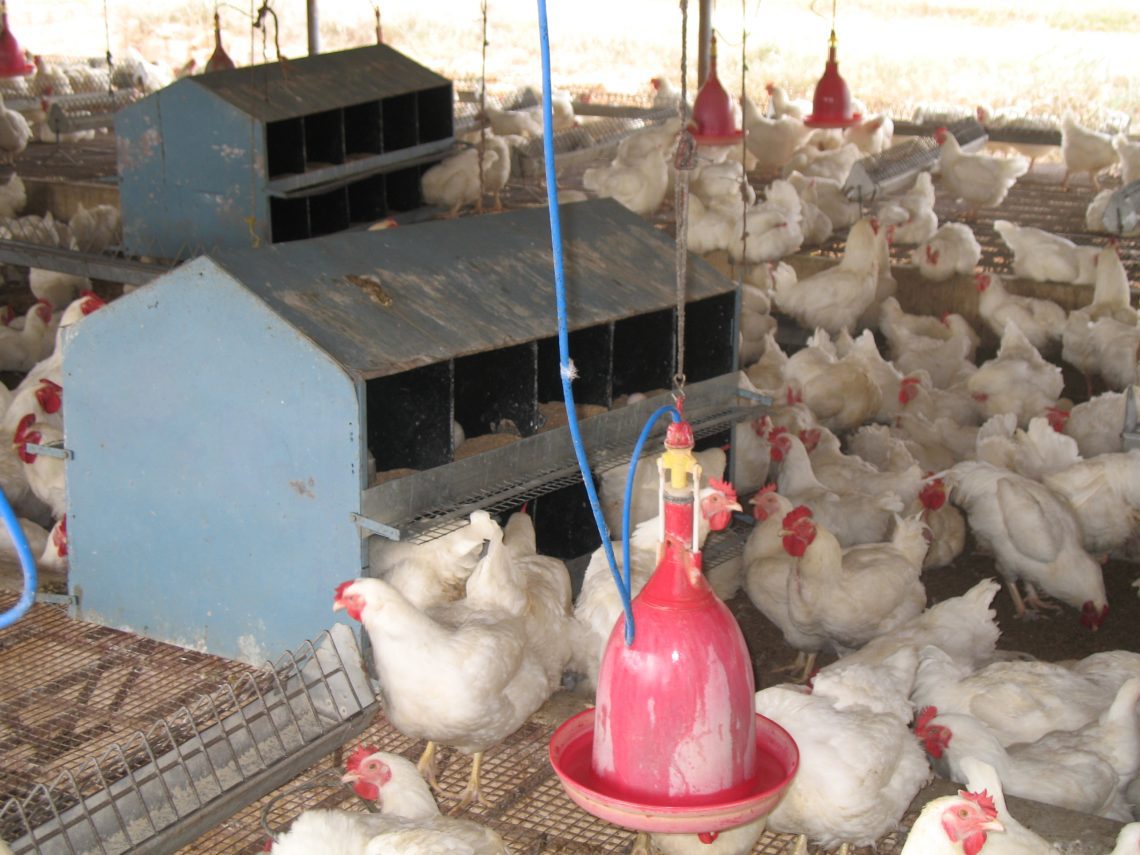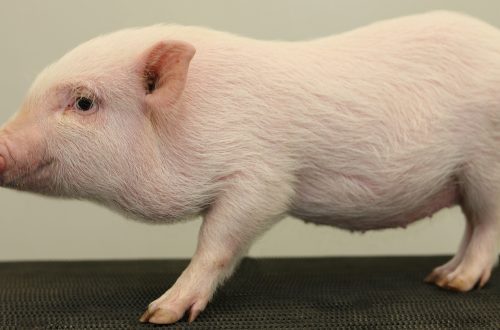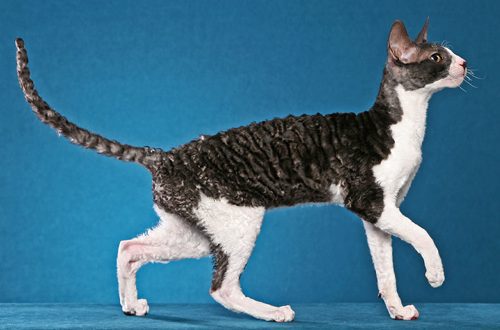
What to feed and how to care for broiler chickens in poultry houses
Balanced nutrition and good care are the key to successful development and increase in the number of broiler chickens. Growing broilers is a difficult and troublesome task for their owners. Indeed, broiler chickens are more prone to various diseases and susceptible to various infections than ordinary domestic chickens. An important point is that they are difficult to grow with natural feed, as it is believed that antibiotics and hormone supplements are used for their diet.
Experienced farmers and owners of private poultry houses believe that it is possible to grow a healthy population of broiler chickens if some special rules for their breeding are observed. What are broiler chickens fed on large industrial farms?
Contents
Feeding and maintenance of broiler chickens
Broiler chicken feed differs from the diet of ordinary, village chickens in the presence of a balanced amount of carbohydrates, vitamin supplements, fats and a large amount of protein.
For industrial breeding of broilers ready-made feed is used for different age groups:
- for day-old chickens use food with a high protein content, which is used to increase the total body weight as a building material;
- for matured chicks – fattening nutrition, which contributes to the accumulation, increase and formation of muscle and protein tissue of the chicken;
- for feeding adult broilers – a special mixture, with an increased amount of minerals, vitamins and part of the protein supplement.
The daily amount of food for broilers is calculated as the norm per day so that there is no stale feed in the feeders and it is always fresh. Young chicks are fed without special restrictions in the same way as adult birds up to six times and in small portions. Water is constantly supplied to the drinkers and, if necessary, additional containers with fresh water are equipped.
Special requirements are imposed on the maintenance of young animals, temperature compliance and weight control throughout the bird’s active growth. In the conditions of industrial production, young broilers are sorted at different stages of cultivation. The homogeneity of the herd is necessary for a more flexible selection of the rate of fattening, maintenance and care of birds in one physiological group.
Features of fattening and rearing chicks in domestic chicken coops
The rather high cost of ready-made compound feeds and mixtures calls into question the cultivation and breeding of chickens of this breed at home. But there is a solution! Can you feed broiler chicks? familiar natural food with the addition of all the necessary components, but balanced, giving the right ingredient at the right time and in the right amount. This is the basis for the good development of the bone, immune and cardiovascular systems of the body of broiler chickens, for their plumage and appetite.
Immediately about the common mistake of some poultry owners! Food waste from the master’s table is not food for broilers, and even more so for “newborns”. The opinion that chickens willingly eat everything like piglets is extremely erroneous! Of course, if these are healthy cereals, this is not forbidden. They can be used in the form of feed, but in the right proportion with the necessary additives. What to feed broilers on home mini-farms?
Menu by day of life
0 – 5 days. From the moment of birth, broiler chickens, as well as chickens of ordinary domestic chickens, are fed with milk, millet, chopped boiled eggs, thoroughly ground and sifted corn grits, oats, and wheat. From the third day of life, greens are introduced into the diet of chickens. The ratio of “main feed and greens” should be 65% to 35%.
5–10 days. Herbal flour should be introduced into chickens from small portions starting from 2 gr. and gradually increase the size of this part to 5 gr. for one chicken.
10–20 days. From the 10th day of life, protein plant foods are introduced into the diet of chickens: soybean and peanut cake, grated sunflower. From now on, it is necessary to give fish waste starting from 5 gr. and bringing this rate to 15 gr. for one chick.
From day 20…The grain part of the serving (approximately 15%) can now be replaced with boiled, chopped potatoes. It is especially important to add cottage cheese, curdled milk, skim milk, whey and other dairy products to the diet.
From day 30…In the second period of life of broiler chickens, the protein component in their diet should be significantly reduced. The diet of this age group of chicks should consist of a mixture of grains, succulent herbs (grass cutting), potatoes and vegetables.
Vegetable Supplements. Carrots are especially useful for chickens as a source of additional vitamins and fiber. Fresh cabbage and beetroot improve digestion, so it is recommended in mixtures in chopped or pureed form. Useful for growing chicks and boiled potatoes, as an additional source of carbohydrates, potassium and phosphorus.
Greens, juicy herbs. In winter and summer, greens should be present in the menu of chickens. In summer, you can feed the young with grass from the mowing, and in winter it will be enough to introduce sprouted grain shoots into the diet.
Vitamin complexes. Broiler chickens need vitamins in their diet for good development and health. They should begin to be given already from the fifth day of life of the chicks. Trivitamin – an oil suspension of three vitamins A, E, D3 – is added to the feed one teaspoon per 1 kg of the mixture.
Mineral supplements. From the first week of life, young chicks need minerals. Bone meal, crushed shells, chalk – all this is necessary for the active growth and strengthening of the skeletal system of young animals. Grain feed helps to digest fine or crushed gravel (approximately 3-5 mm), but sand is strictly prohibited.
Daily amount of feed per chick, by different age groups
Feeding Schedule
It is important not only to feed broiler chickens, but also to follow the feeding schedule. Like all babies, broiler chicks from the first hours of life require frequent feeding, but in small portions. Growing up, the number of feedings and the mass of food increases, and starting from one month, they should receive an “adult” norm.
- First week – 8 feedings per day
- Second week – 6 times a day
- Third week – 4 times a day
- Month – 2 times a day (morning, evening)
For good growth and development of chicks in poultry houses, correct conditions for their maintenance. This primarily refers to the light and thermal conditions. The length of daylight hours for young animals should be about 16 hours. For “winter” chickens, it is necessary to do artificial lighting in the halftone phase so that their activity is reduced. The density of chicks in the chicken coop should be approximately 10-15 birds per m2 of area. In the room where the chicks are kept, there should be good ventilation, but there were no drafts. The litter must be periodically changed to a dry, fresh one.
The temperature of the poultry house
broiler chickens susceptible to any infectionTherefore, it is always necessary to keep the house in perfect cleanliness. Drinkers should always be filled with fresh water at room temperature. To avoid an outbreak of infection in the poultry house, it is recommended to regularly clean the feeders and drinkers with hot soapy water. To prevent intestinal infections in broilers, starting from the third week from birth, it is necessary to give them a weak solution of potassium permanganate and repeat the procedure again after 3–4 weeks.





